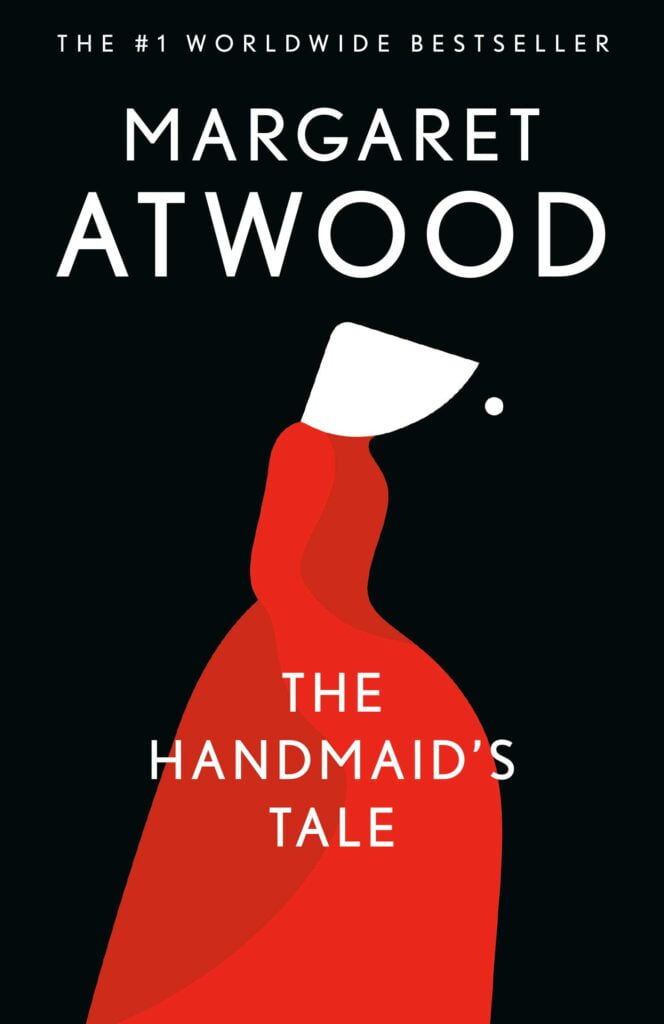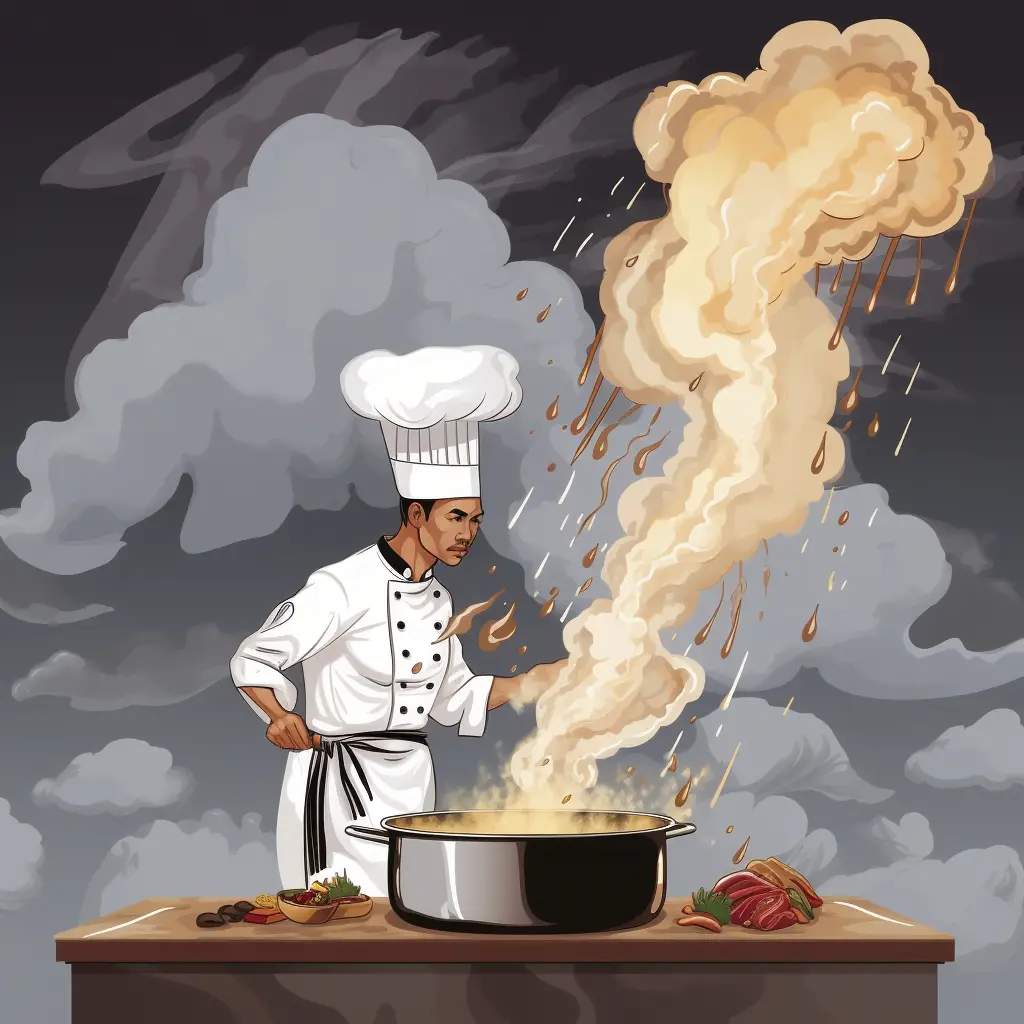
An oxymoron is a figure of speech that combines two opposing terms for humorous or dramatic effect. For example, “jumbo shrimp“ or “instant classic.”
Understanding Oxymorons: A Contradictory Concept
An oxymoron creates a sense of contradiction or paradox by pairing two words that seem to oppose each other. These combinations often evoke humor, irony, or thought-provoking paradoxes, making them a valuable tool in the writer’s arsenal. The term “oxymoron” comes from the Greek words “oxys,” meaning “sharp” or “keen,” and “moros,” meaning “dull” or “foolish.” Together, these words create a fitting description for a figure of speech that combines contrasting elements.
Why Use Oxymorons in Writing?
Oxymorons can serve several purposes in writing, including:
1. Adding Humor
The contradictory nature of oxymorons can create a sense of humor or irony, making them an excellent choice for lighthearted writing or comedic moments.
2. Creating Dramatic Effect
Oxymorons can also be used to create a dramatic or thought-provoking effect. By pairing contrasting terms, writers can encourage readers to consider the complexity and nuance of a situation or idea.
3. Enhancing Descriptions
In some cases, oxymorons can add depth and interest to descriptions by highlighting the unique or paradoxical qualities of a subject.
How to Create Oxymorons
Creating oxymorons involves finding words that seem to contradict each other but, when combined, create an interesting or thought-provoking concept. Here are some tips for crafting your own oxymorons:
- Identify opposing terms: Look for words with contrasting meanings that can be paired together to create a paradox or contradiction.
- Consider context: Choose words that fit the context of your writing, whether you’re aiming for humor, drama, or thought-provoking imagery.
- Test for impact: Once you’ve created an oxymoron, consider its effect on your writing. Does it add humor, depth, or interest to your work? If not, consider revising or trying a different combination of words.
Examples of Oxymorons in Literature and Popular Culture
Oxymorons can be found throughout literature and popular culture, demonstrating their versatility and enduring appeal. Some examples include:
- “Parting is such sweet sorrow” from William Shakespeare’s “Romeo and Juliet.”
- “Cruel kindness” in John Milton’s “Paradise Lost.”
- “Deafening silence” to describe a situation where silence is so complete that it feels overwhelming.
Oxymoron Examples to Inspire Your Writing
To help you better understand oxymorons and how they can be used in writing, here are some examples:
- Bittersweet: Describing a situation or experience that is both pleasant and painful, such as the end of a meaningful relationship or the completion of a long and difficult project.
- Living dead: Referring to a state of existence that is neither truly alive nor fully dead, often used in reference to zombies or similar creatures in horror fiction.
- Organized chaos: Describing a situation that appears chaotic but somehow manages to function effectively, such as a busy kitchen during a dinner rush.
Embrace the Power of Oxymorons
Incorporating oxymorons into your writing can add humor, depth, and interest to your work. By combining seemingly contradictory terms, you can create thought-provoking imagery, enhance descriptions, and encourage readers to consider the complexity of your subject matter.
Don’t be afraid to experiment with oxymorons and explore their potential for enlivening your writing. With a bit of creativity and a keen sense of contradiction, you can craft oxymorons that will capture your readers’ attention and leave a lasting impression. So, go ahead and dive into the world of oxymorons, and discover how they can add a touch of wit, irony, and depth to your writing.
Remember that the key to using oxymorons effectively is balance. Overusing them can make your writing feel forced or gimmicky. Instead, strategically place oxymorons where they will have the most impact, and ensure they fit the overall tone and context of your work.
By mastering the art of the oxymoron, you can create memorable moments, engage your readers, and add a unique flair to your writing. Happy oxymoron-making!
If you’re thirsty for more writing knowledge, head over here to learn all 74 literary devices.





